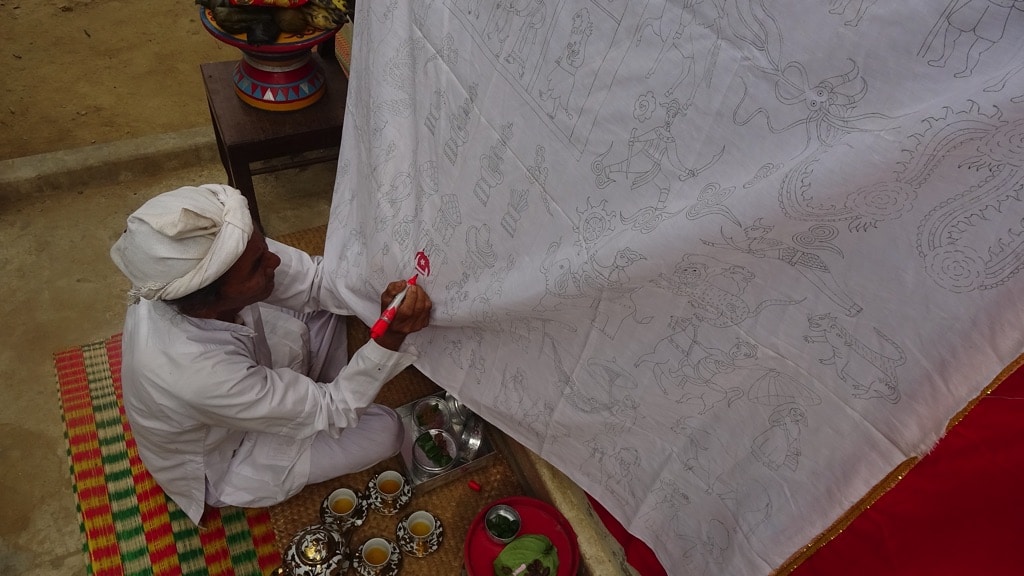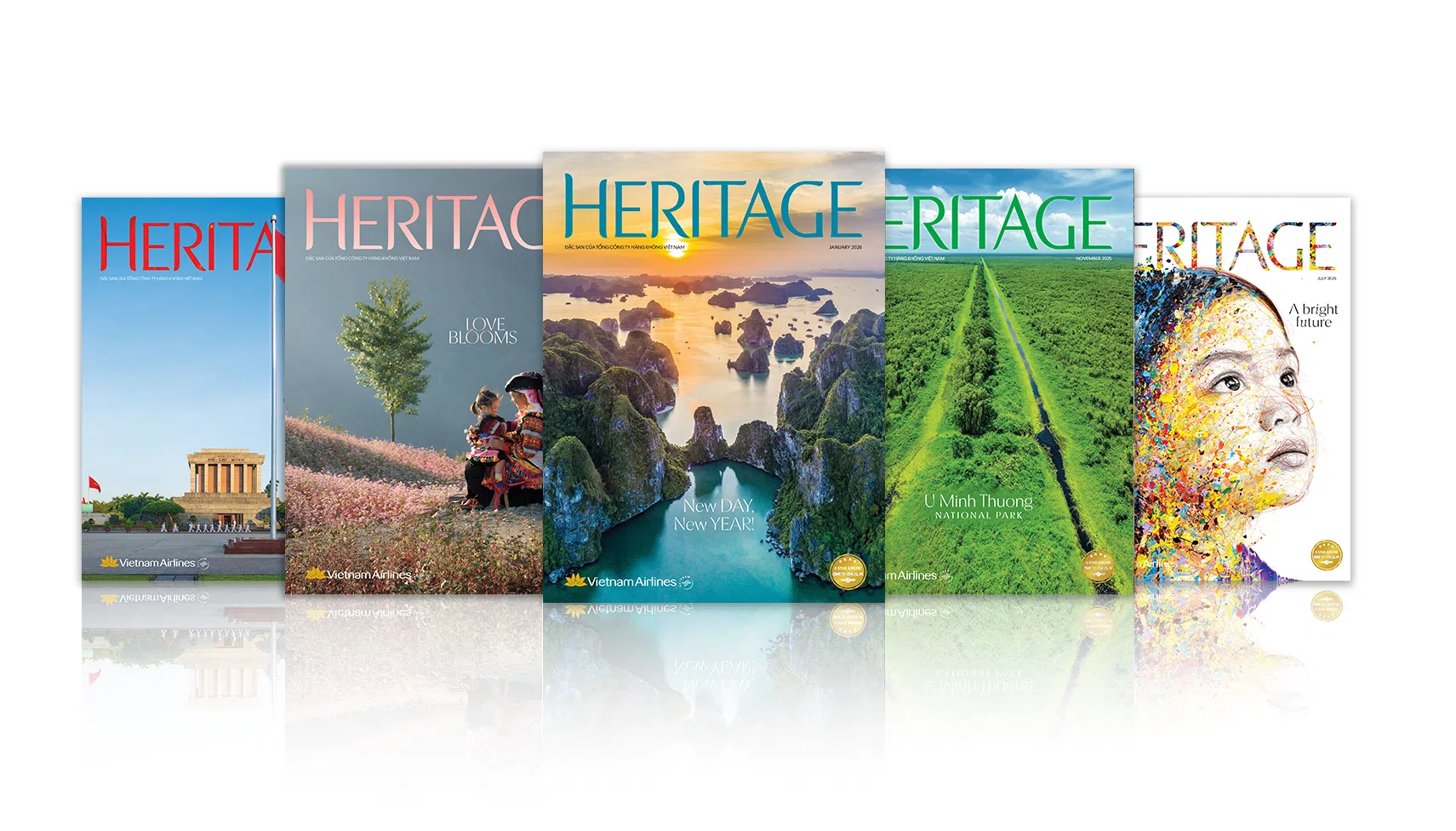Story: Nguyen Vu Hai
Photos: Le Bich
In the spiritual perspective of the Cham people, there are so many deities that it’s hard to identify their origins, which could lie in Hinduism or Islam, or hail from Malaysia or Indonesia. These deities govern a variety of agrarian rituals, lifespan ceremonies and clan rites. The same also applies to the material life of the Cham. Some items cannot be linked to any religion. Sometimes, they are just mundane belongings in the context of a deity-dominated life, which, over time, are deified as a sacred medium. Even their owners – the Cham people – are unsure of their meanings. An example is the kanin.

Kanin are used in lifespan and clan rituals, such as funerals, weddings and rija rites. A kanin is a cloth sheet painted with images depicting the ancient world view of the Cham. Kanin is spelled k’nin in the Cham language. Once translated into Vietnamese, each Cham person gives it a different name: sheet, curtain, drape, etc.
According to researchers, it is impossible to find a precise translation in the Vietnamese language, because a kanin is employed and assigned to different roles at different times. In a wedding of Cham Beni followers and on the first memorial day for the departed in Cham Brahamana communities, a kanin is used as a backdrop. The curtain is placed behind the acar shaman who serves as the host. A curtain is also placed behind a tray of offerings as a screen, as when a basaid shaman performs the first memorial day rites.

In funerals, a kanin is meant to form a partition between spaces. When performing interment rituals on the first day, a kanin is set at the edge of the funeral house, totally dividing the ritual and medium space from the outside world. But when the feeding ceremony and ensuing rituals take place, the kanin is moved to the center. Behind the kanin lies a separate world, where the flesh and the soul of the departed dwell. Before a kanin, mortals practice their rites and lament. All rituals are an interaction between the inside and outside life, as olifant tunes wail from behind the kanin, and upbeat drum beats resonate before the kanin. The kanin is now a screen between the two worlds.
In the past, the finest kanin sheets were treasures that only wealthy families could afford to own. Assigned as a determinant of a sacred realm, ancient kanin depict the Chams’ deep-seated worldview of the mundane world and heaven. These two worlds are arranged in a top-down hierarchy, and in two stark social classes. In the middle stands the Dam King, ruler of all sources of water as the veins of life for agrarian settlers. Heaven features dragons, phoenixes, heng birds and deities, etc. In the mundane world, a clan shamaness is shown practicing her rija prong rite with a dance on the swing to transcend to heaven. Strata in the mundane world are classified from aristocracy and the wealthy to a paranung drummer, a saranai horn blower, a gi nang drummer, etc. At the bottom are common pilgrims.

Mr. Chau Van Huynh, Deputy Head of the Research and Collection Office of the Cham Cultural Research Center in Ninh Thuan, explained: “On a kanin, the humans, animals and celestial objects are painted like a fantasy of life, which is itself a miniature world. Each clan will prepare their own kanin, and in case they lack a kanin, they must borrow one from other clans. It is a must-have to dedicate to the lofty realm. A sacrifice without a kanin is a torture to your soul, as if you fail to fulfill your filial piety to your parents.”











